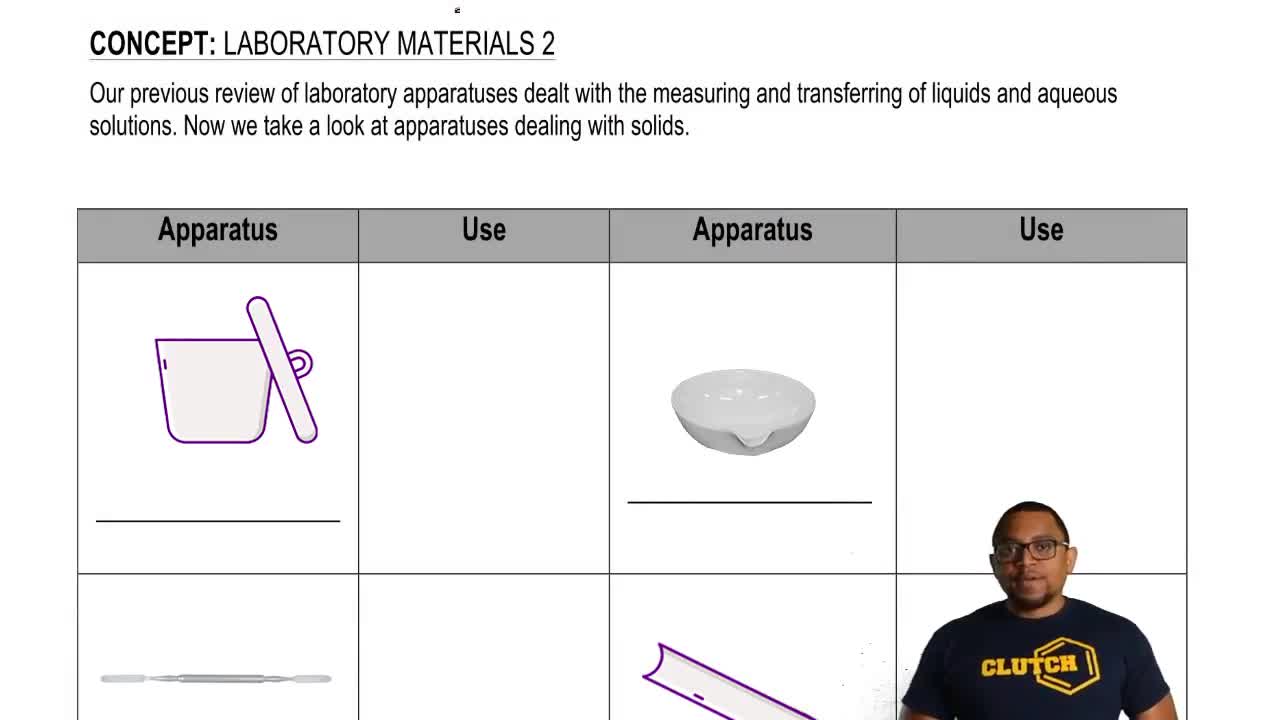Textbook Question
How many molecular orbitals are present in the conduction band of a lithium crystal with a mass of 11.2 g?
 Verified step by step guidance
Verified step by step guidance


How many molecular orbitals are present in the conduction band of a lithium crystal with a mass of 11.2 g?
A substance has a band gap of 6.9 eV at 273 K. Is this substance best classified as an insulator, a semiconductor, or a metal?
Indicate if each solid forms an n-type or a p-type semiconductor. a. germanium doped with gallium b. silicon doped with arsenic
Indicate if each solid forms an n-type or a p-type semiconductor.
a. silicon doped with gallium
b. germanium doped with antimony
Does a photon of red light with a frequency of 4.29⨉1014 Hz have sufficient energy to promote an electron from the valence band to the conduction band in a sample of silicon (the band gap in silicon is 1.11 eV)?